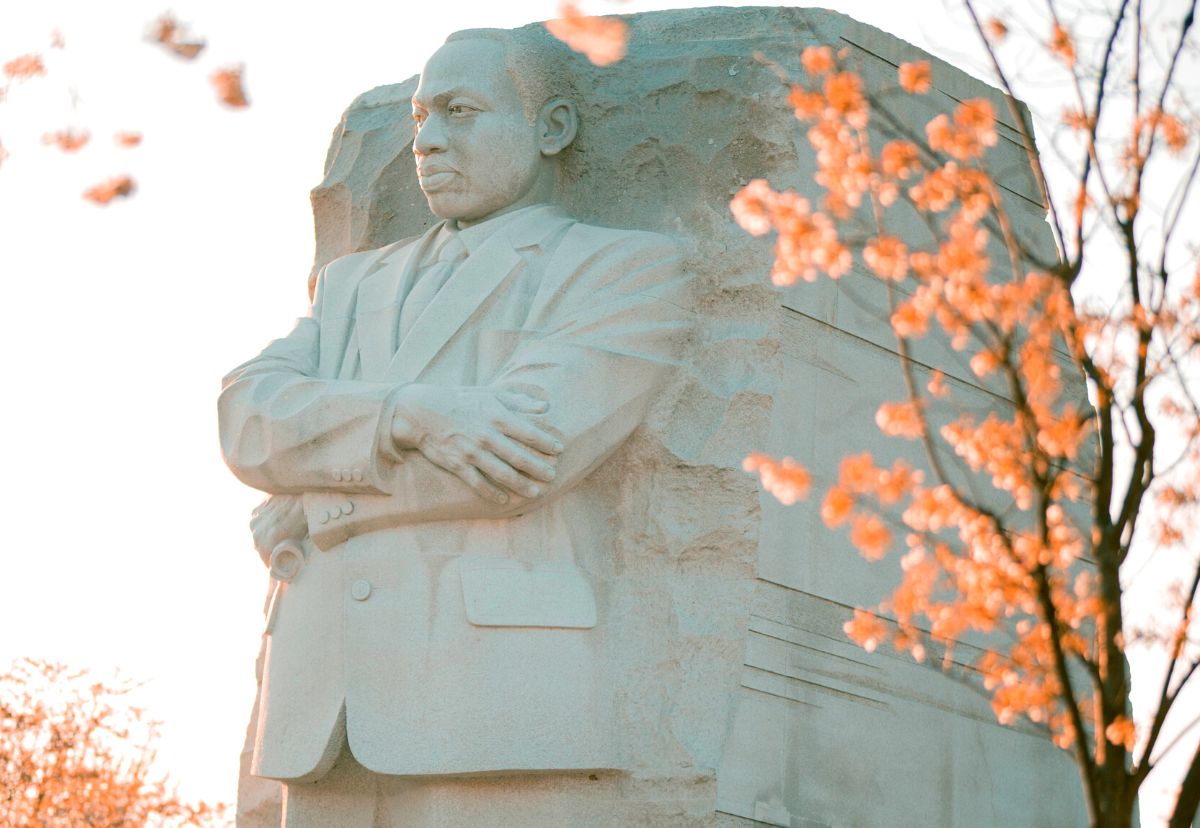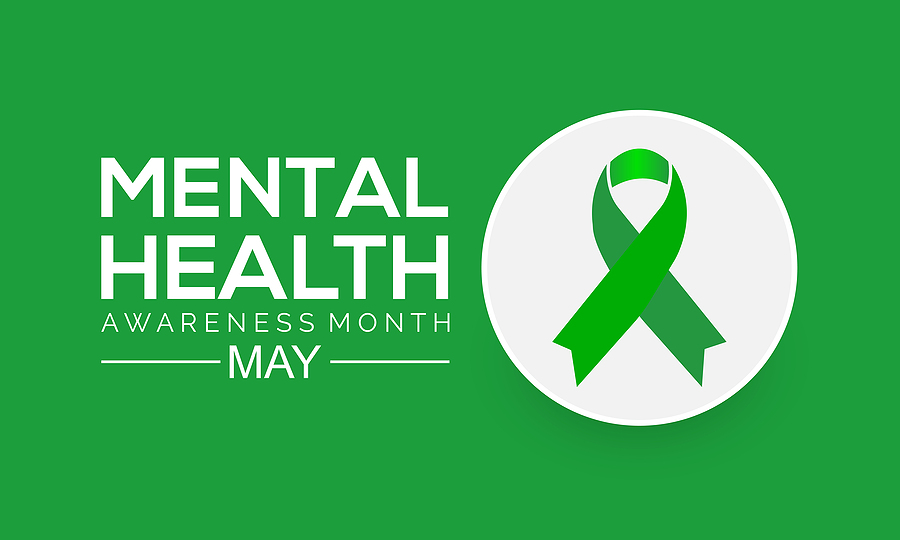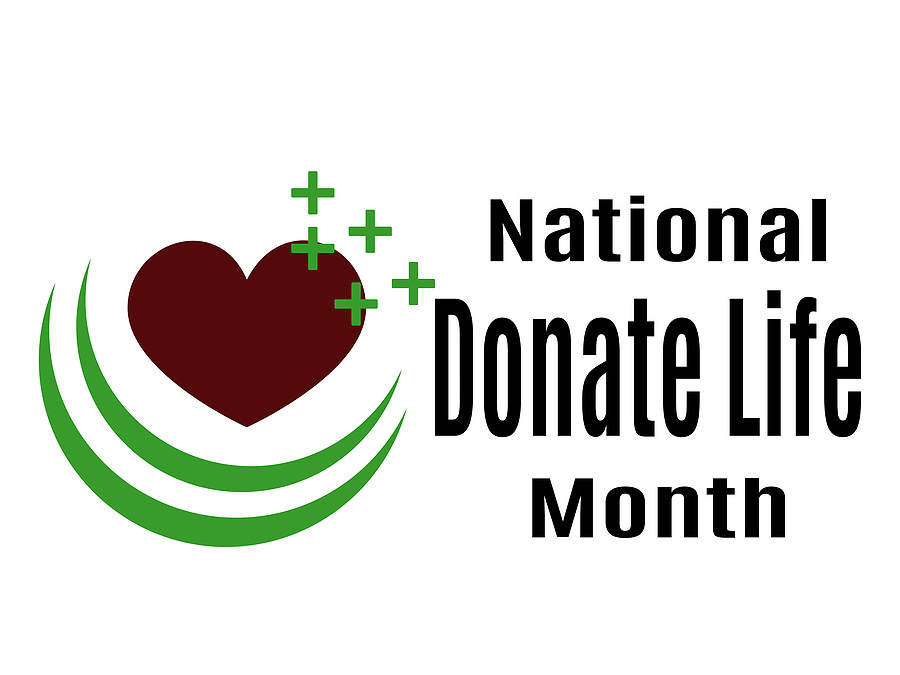There are a lot of winter celebrations and holiday cheer this time of the year. As a result, I thought it might be fun to share how cultures throughout the world celebrate during the winter months.
Winter Solstice
- The shortest day of the year.
- Falls in mid-December for those in the Northern Hemisphere and June for those in the Southern Hemisphere.
- At this time, half of the Earth is tilted furthest from the sun at this exact moment.
- Fun Fact: Did you know that if you stand outside at noon on winter solstice and look at your shadow, it will be the longest shadow you cast the entire year?
- Other similar celebrations include:
- The Yalda festival in Iran marking the day when Mithra, an angel of light, was thought to have been born.
- China’s Dongzhi festival celebrates winter’s darkness beginning to give way to light.
- Scandinavians gather for Juul, or Yule, a multi-day feast when ancient people would welcome the return of the sun god.
Hanukkah
- A Jewish holiday honoring the Maccabee’s victory over King Antiochus in 165 B.C., a victory seen as a miracle of God.
- Hanukkah is celebrated for eight nights with prayer, the lighting of the menorah, food, games, sing-a-longs, and gift exchanges.
- The dates of Hanukkah change due to the lunar cycle but typically occur in late November or early December.
Christmas
- A Christian holiday that celebrates the birth of Jesus Christ.
- Traditions around the world include decorating a tree with lights and ornaments, hanging mistletoe, attending church services on Christmas Eve, and waiting for Santa Clause to arrive from the North Pole in time for Christmas morning (December 25th).
- Fun Fact: Santa’s arrival is different in many cultures: in Hawaii he arrives by boat, in Australia on water skies, and in Ghana he finds his way out of the jungle to leave gifts for children.
Kwanzaa
- Commemorates African heritage, during which family and friends gather to exchange gifts and light a series of candles.
- The candles symbolize the basic values of African American family life: unity, self-determination, collective work and responsibility, cooperative economics, purpose, creativity, and faith
- Kwanzaa occurs from December 26th through January 1st.
New Years Day
- Takes place on January 1st each year
- The count down starts the night before and often fireworks are on display as the clock strikes midnight on the first day of the new year in the Gregorian calendar.
- Black-eyed peas, collard greens and pork are commonly served on New Years Day in the southern United States.
- Black-eyed peas are thought to bring luck and prosperity for the new year. Greens are considered a sign of wealth for the new year. Pork is a symbol of moving forward.
Epiphany, or Three Kings Day
- Celebrated as the day the three wise men first see Jesus, bringing him their gifts of gold, frankincense, and myrrh.
- This celebration occurs in many different ways 12 days after Christmas. Examples include:
- In Puerto Rico, children leave a box with hay under their beds at night so the kings will leave presents.
- In France, kings’ cakes have hidden toys, jewels, or coins inside. The person who finds the trinket in their cake gets to wear a crown.
Chinese New Year
- Considered the most important of the traditional Chinese holidays.
- This holiday falls between January 21st and February 20th.
- Family and friends celebrate together during this time to usher out the old year and bring forth the luck and prosperity of the new year.
- Legend has it that thousands of years ago, a monster named Nian would attack villages at the beginning of each year. Loud noises, bright lights, and the color red scare the monster away. Today, the celebration uses fireworks, red clothes, and red decorations.
Las Posadas
- Primarily celebrated in Mexico, Guatemala, and parts of the southwestern United States, Las Posadas is a 9-day celebration.
- During this celebration, a procession of people moves from home to home with a candle inside a paper lamp, stopping at each home to sing and pray.
- Eventually, the procession ends but the celebration continues with more singing, delicious food, and the breaking of a piñata.
Eid-ul-Adha
- Celebrated worldwide in honor of the willingness of the prophet Abraham to sacrifice his first-born at God’s command.
- Celebrated near the end of the calendar year but dates vary based on the Islamic lunar calendar.
- Families gather together in a large congregation, dressed in their finest, and sacrifice their best halal domestic animals as a symbol of Abraham’s sacrifice. Friends, neighbors, and the poor share the meat to ensure no one goes without during the holiday feast.
Diwali
- A five-day Hindu festival and official holiday in India, Nepal, Sri Lanka, and Myanmar.
- Diwali celebrates the attainment of nirvana by Mahavira (an Indian Sage), as well as the death of Swami Dayanand (a Hindu religious leader).
- The holiday involves the lighting of small clay lamps to symbolize the victory of good over evil.
For visuals of these holidays, check out the following video:
This list doesn’t come close to covering all of the winter holidays celebrated around the world. There are others such as Boxing Day, Omisoka, St. Lucia Day, St. Nicholas Day, Ramadan, etc. However, we hope that no matter how you celebrate this winter, you’re able to safely celebrate with the people that matter most to you and remember the traditions that keep your spirit up from year to year.
Happy Holidays from your friends at FlexTrades!








 If you’re looking for help and don’t know where to turn, you can call NAMI, the National Alliance on Mental Illness, at 800-950-NAMI or text ‘NAMI’ to 741741.
If you’re looking for help and don’t know where to turn, you can call NAMI, the National Alliance on Mental Illness, at 800-950-NAMI or text ‘NAMI’ to 741741.





 If that doesn’t help with inspiration, you can always just do what I did this week in preparation for writing this article. I reached out to PMG parents, as well as my own sisters, and asked them to ask their kids to be published authors for me. Let these kids help inspire your children as well – it doesn’t have to be hard to write, that’s the beauty of writing!
If that doesn’t help with inspiration, you can always just do what I did this week in preparation for writing this article. I reached out to PMG parents, as well as my own sisters, and asked them to ask their kids to be published authors for me. Let these kids help inspire your children as well – it doesn’t have to be hard to write, that’s the beauty of writing!





